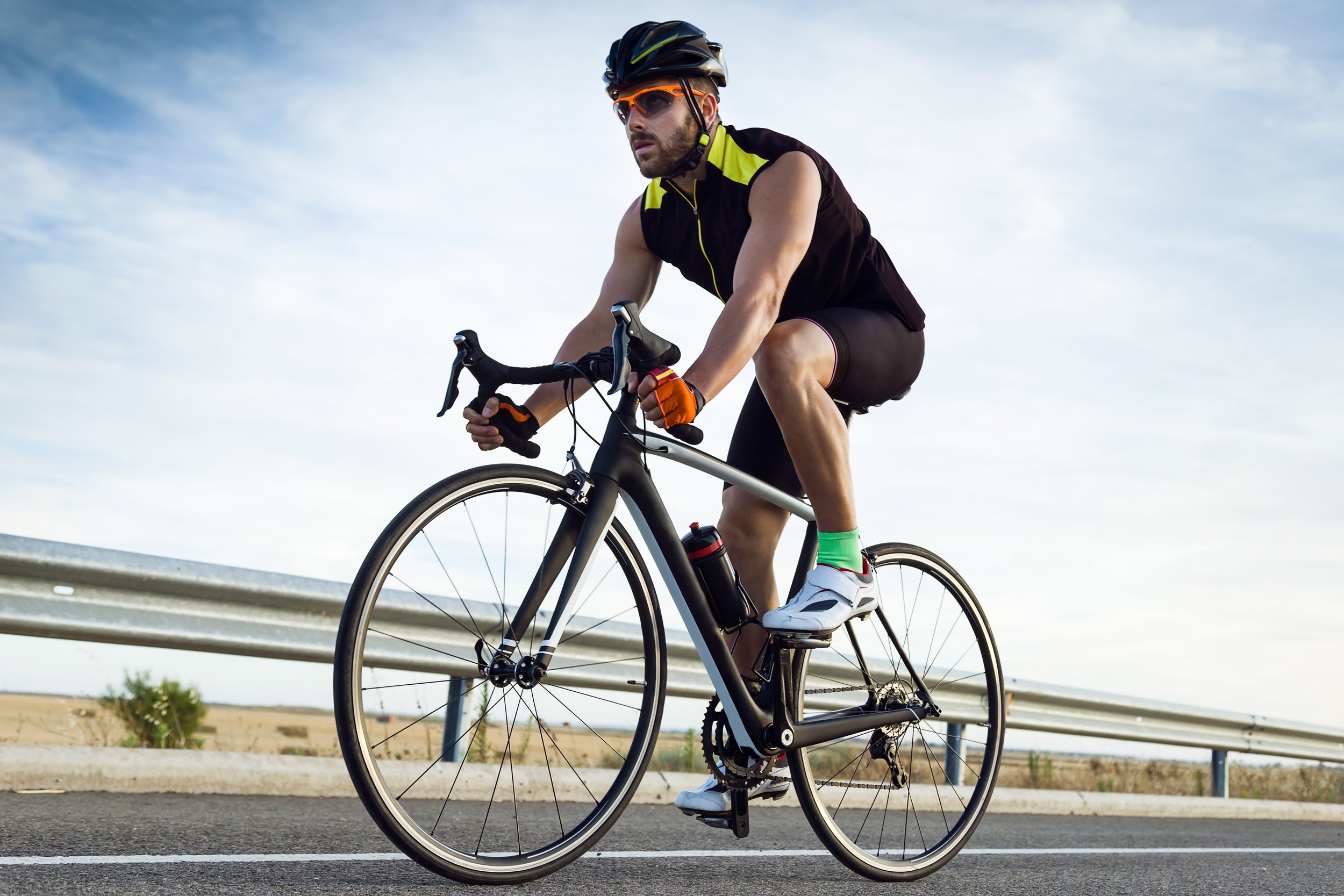What You Need to Know When Driving Near Bicycles
Do you know all the facts when it comes to driving near a cyclist? While bicycle riders are subject to the same rules as motor vehicle operators, it can be a challenge to drive safely near cyclists.
Riders present a very small target to notice – the mass of a person on a bike is much smaller than another car or truck, and even smaller than a rider on a motorcycle. Because of this factor many motor vehicle operators come upon them suddenly, with a great difference in speed and very little time to react.
Facts:
A total of 741 bicyclists were killed in crashes with motor vehicles
84 percent of bicyclist deaths were age 20 or older
Deaths among bicyclists younger than 20 have declined 86 percent since 1975, while deaths among bicyclists 20 and older have increased 195 percent
Bicyclist deaths are highest during the months of June, August and September and tend to peak during the hours from 6 p.m. to 9 p.m.
68 percent of bicyclists were killed in urban areas, compared with 32 percent in rural areas
Leave at least three feet of clearance when passing a cyclist
As motor vehicle operators we need to anticipate encountering cyclists on the road at any time of day or evening.
This should be part of our “defensive driving”.
The consequences of hitting a cyclist include pain and suffering of striking a relatively unprotected rider and carrying the emotional stress and trauma of the event for a long time following the crash. If you do hit a cyclist, you will need to talk to the injured rider while waiting for an ambulance or the police to show up and you may see them again in court if litigation follows the event.
Distraction plays a very large role in most crashes, and it’s a very common contributing factor in both pedestrian and cyclist crashes. Collisions at dusk/dawn or during nighttime hours are common due to the inability to spot and recognize the other operator. About 21% of all cyclist collisions occur between 8 PM and midnight and 45% of collisions with motor vehicles occur at intersections and roundabouts.
Tips to keep in mind while driving:
Always judge the speed of the cyclist approaching
Both parties must obey the proper rules of the road for intersections or roundabouts
At intersections where you plan to turn, use signals early and check your blind areas before moving
Remember to slow down, be alert and increase your visual scanning of everything going on around your vehicle
Exhibit courtesy towards each other
Stay off of cellular devices while driving
Check blind spots repeatedly
Traffic safety is everyone’s responsibility
Reference:
1. IIHS, Fatality Facts 2015


